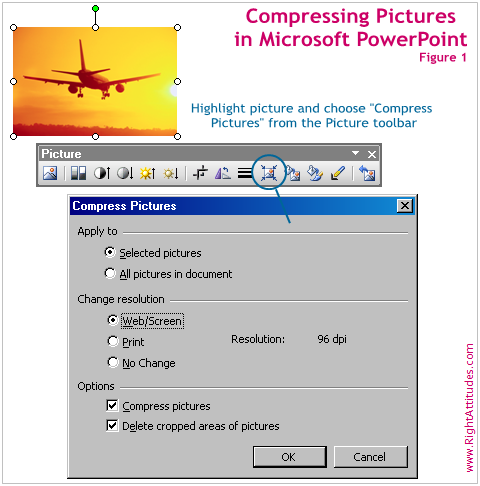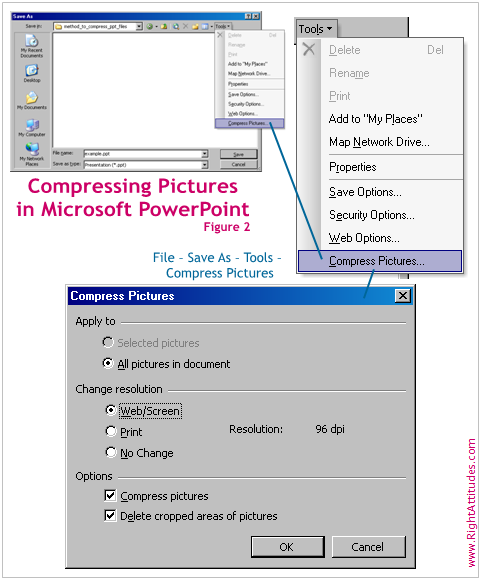 Dale Carnegie’s classic, “How to Win Friends and Influence People,” is one of the most popular self-help books ever written. The book was first published in 1936 and has since sold millions of copies worldwide. In all my personality development seminars, I recommend this book as a must-read for improving interpersonal dynamics. Here is a detailed summary of the book.
Dale Carnegie’s classic, “How to Win Friends and Influence People,” is one of the most popular self-help books ever written. The book was first published in 1936 and has since sold millions of copies worldwide. In all my personality development seminars, I recommend this book as a must-read for improving interpersonal dynamics. Here is a detailed summary of the book.
Dale Carnegie on the Choice of Words in Giving Feedback
Many people begin their criticism with sincere praise followed by the word ‘but’ and ending with a critical statement. For example, in trying to change a child’s careless attitude toward studies, we might say, “We’re really proud of you, Johnnie, for raising your grades this term. But if you had worked harder on your algebra, the results would have been better.”
In this case, Johnnie might feel encouraged until he heard the word ‘but.’ He might then question the sincerity of the original praise. To him, the praise seemed only to be a contrived lead-in to a critical inference of failure. Credibility would be strained, and we probably would not achieve our objectives of changing Johnnie’s attitude toward his studies.
This could be easily overcome by changing the word ‘but’ to ‘and.’ “We’re really proud of you, Johnnie, for raising your grades this term, and by continuing the same conscientious efforts next term, your algebra grade can be up with all the others.”
Now, Johnnie would accept the praise because there was no follow-up of an inference of failure. We have called his attention to the behavior we wished to change indirectly and the chances are he will try to live up to our expectations.
Call for Action
Giving interpersonal feedback and facilitating change is a critical people-skill. Prior to delivering feedback, we rarely plan exactly what we want to say and how we want to say. The words we choose to use are important.
Observe how you deliver feedback. Use the “You are good and if you improve at this skill, you will be better” structure for effective feedback.


 The interpretation of a date written in the ’02-12-06′ format can differ. For instance, a reader in the United States may interpret the above date as the 12th of February 2006, where as another from India or the United Kingdom may interpret the date as the 2nd of December 2006. A computer programmer may interpret the date as the 6th of December 2002. Avoid using all-digit date formats.
The interpretation of a date written in the ’02-12-06′ format can differ. For instance, a reader in the United States may interpret the above date as the 12th of February 2006, where as another from India or the United Kingdom may interpret the date as the 2nd of December 2006. A computer programmer may interpret the date as the 6th of December 2002. Avoid using all-digit date formats. Whatever format you choose to use, be consistent throughout a document: use an identical format all the dates in the document. Consistency in formats is important for both form and function of the dates.
Whatever format you choose to use, be consistent throughout a document: use an identical format all the dates in the document. Consistency in formats is important for both form and function of the dates. Turn-off your telephone during your productive work-hours or when you are meeting somebody at your desk. Instead, use a voicemail system. The voicemail system allows you to pick the moments at which you pay attention to incoming telephone calls. Check voicemail once or twice a day and return telephone calls promptly. For example, at work, I unplug the telephone cable at my desk until 11:00am and check voicemails after lunch.
Turn-off your telephone during your productive work-hours or when you are meeting somebody at your desk. Instead, use a voicemail system. The voicemail system allows you to pick the moments at which you pay attention to incoming telephone calls. Check voicemail once or twice a day and return telephone calls promptly. For example, at work, I unplug the telephone cable at my desk until 11:00am and check voicemails after lunch.